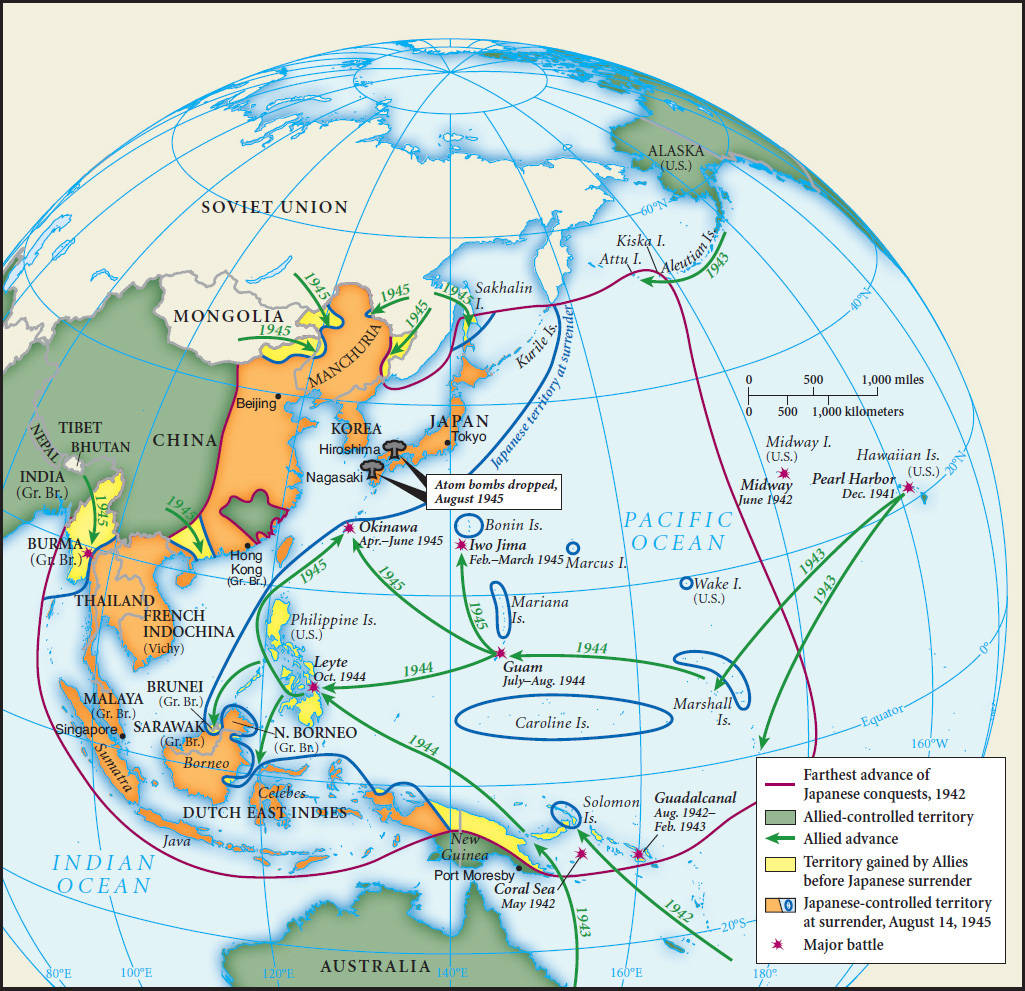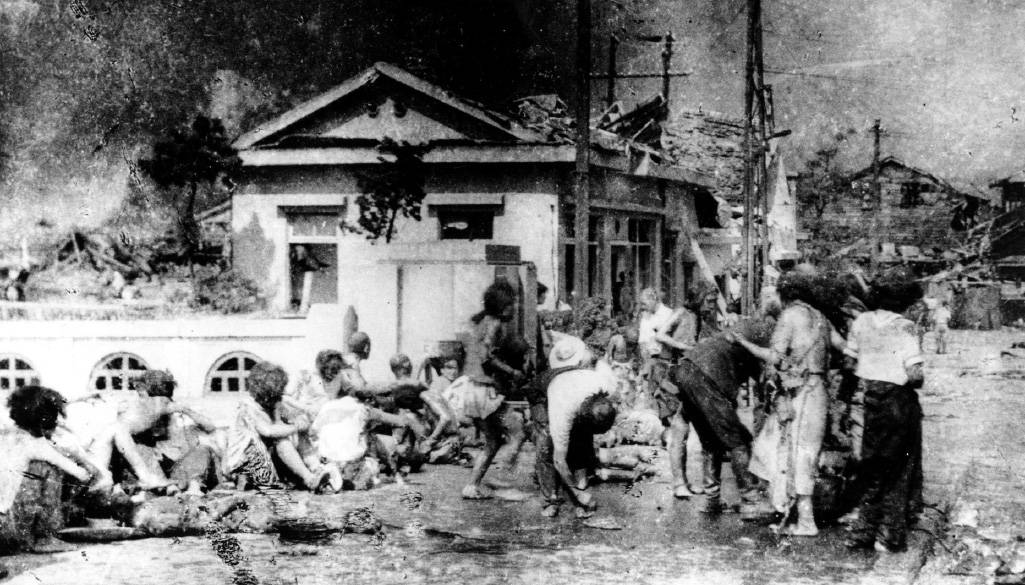The Road to War in Asia
Comparison
Question
LhcjbtkkKG+8oLh3avYEDzkGSSnN+mDGD/rqiR41L520CtbKlZfLkqdBJMD33KdTv7n06Y59Y5XSjT637VOe1mb/QvRwBd/LFcw00E3WRV2HFWPGEBEDtAZKrii8V/YE4hXp+B82hApmMtWOLZF+WX7HdvnlllY8ntILWVA02X/XxIEa[Answer Question]
World War II began in Asia before it occurred in Europe. In the late 1920s and the 1930s, Japanese imperial ambitions mounted as the military became more powerful in Japan’s political life and as an earlier cultural cosmopolitanism gave way to more nationalist sentiments. An initial problem was the rise of Chinese nationalism, which seemed to threaten Japan’s sphere of influence in Manchuria, acquired after the Russo-Japanese War of 1904–1905. Acting independently of civilian authorities in Tokyo, units of the Japanese military seized control of Manchuria in 1931 and established a puppet state called Manchukuo. This action infuriated Western powers, prompting Japan to withdraw from the League of Nations, to break politically with its Western allies, and in 1936 to align more closely with Germany and Italy. By that time, relations with an increasingly nationalist China had deteriorated further, leading to a full-scale attack on heartland China in 1937 and escalating a bitter conflict that would last another eight years. World War II in Asia had begun (see Map 20.4).

As Japan’s war against China unfolded, the view of the world held by Japanese authorities and many ordinary people hardened. Increasingly, they felt isolated, surrounded, and threatened. A series of international agreements in the early 1920s that had granted Japan a less robust naval force than Britain or the United States as well as anti-Japanese immigration policies in the United States convinced some Japanese that racism prevented the West from acknowledging Japan as an equal power. Furthermore, Japan was quite dependent on foreign and especially American sources of strategic goods. By the late 1930s, some 73 percent of Japan’s scrap iron, 60 percent of its imported machine tools, 80 percent of its oil, and about half of its copper came from the United States, which was becoming increasingly hostile to Japanese ambitions in Asia. Moreover, Western imperialist powers—the British, French, and Dutch—controlled resource-rich colonies in Southeast Asia. Finally, the Soviet Union, proclaiming an alien communist ideology, loomed large in northern Asia. To growing numbers of Japanese, their national survival was at stake.
Thus in 1940–1941, Japan extended its military operations to the French, British, Dutch, and American colonies of Indochina, Malaya, Burma, Indonesia, and the Philippines in an effort to acquire those resources that would free it from dependence on the West. In carving out this Pacific empire, the Japanese presented themselves as liberators and modernizers, creating an “Asia for Asians” and freeing their continent from European dominance. Experience soon showed that Japan’s concern was far more for Asia’s resources than for its liberation and that Japanese rule exceeded in brutality even that of the Europeans.
A decisive step in the development of World War II in Asia lay in the Japanese attack on the United States at Pearl Harbor in Hawaii in December 1941. Japanese authorities undertook that attack with reluctance and only after negotiations to end American hostility to Japan’s empire-building enterprise proved fruitless and an American oil embargo was imposed on Japan in July 1941. American opinion in the 1930s increasingly saw Japan as aggressive, oppressive, and a threat to U.S. economic interests in Asia. In the face of this hostility, Japan’s leaders felt that the alternatives for their country boiled down to either an acceptance of American terms, which they feared would reduce Japan to a second- or third-rank power, or a war with an uncertain outcome. Given those choices, the decision for war was made more with foreboding than with enthusiasm. A leading Japanese admiral made the case for war in this way in late 1941: “The government has decided that if there were no war the fate of the nation is sealed. Even if there is a war, the country may be ruined. Nevertheless a nation that does not fight in this plight has lost its spirit and is doomed.”13
As a consequence of the attack on Pearl Harbor, the United States entered the war in the Pacific, beginning a long and bloody struggle that ended only with the use of atomic bombs against Hiroshima and Nagasaki in 1945. The Pearl Harbor action also joined the Asian theater of the war and the ongoing conflict in Europe into a single global struggle that pitted Germany, Italy, and Japan (the Axis powers) against the United States, Britain, and the Soviet Union (the Allies).
